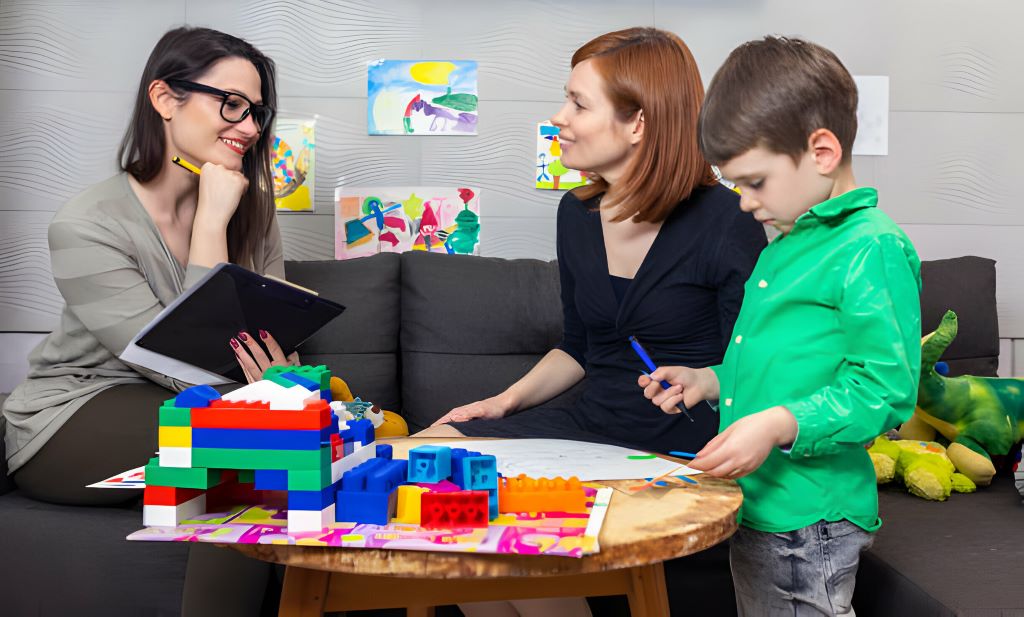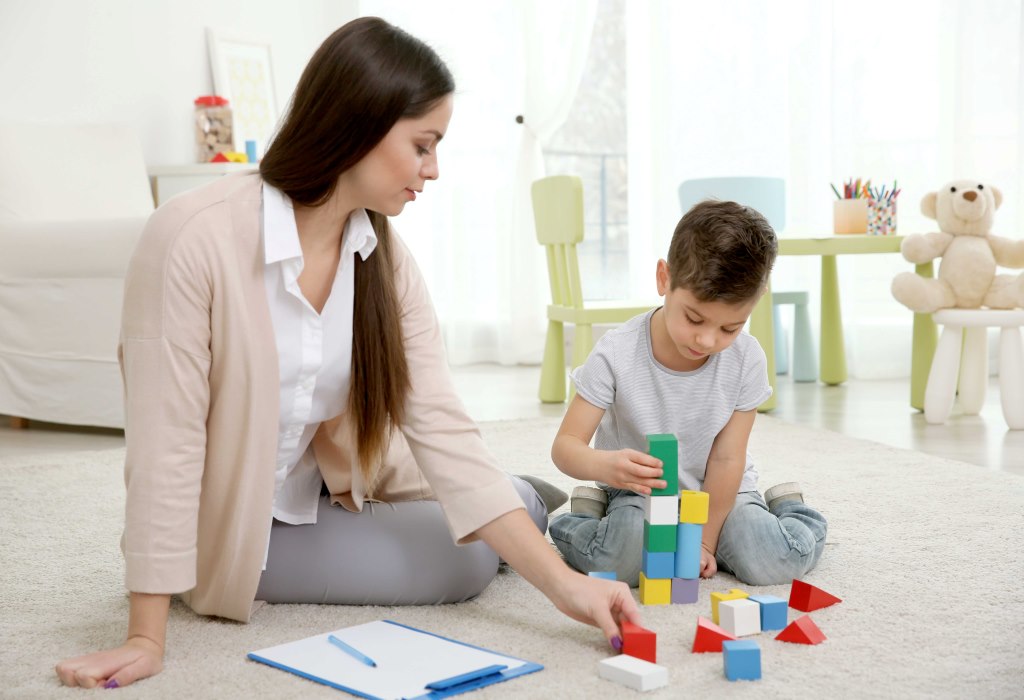Children who struggle with speech disorders face obstacles that can greatly affect their ability to communicate and overall well-being. One particular challenge is known as a lisp, which involves the tongue being misplaced during the production of /s/ and /z/ sounds.
This article explores the journey towards wellness for children dealing with a lisp emphasizing the vital role of early intervention personalized therapeutic approaches holistic well being, parental involvement, celebrating milestones and two additional crucial components.
Early Intervention: A Crucial First Step
The path towards wellness begins with intervention, where it’s essential to recognize and address a lateral lisp in its early stages. Parents and educators should be attentive to signs. Including a wet sound when producing /s/ sounds or experiencing airflow from the sides during speech.
Detecting these signs prompts them to seek guidance. Early intervention not only improves treatment outcomes. Also reduces potential impacts on a child’s self confidence and social interactions.
Tailored Treatment Plans: Addressing Needs
At the core of this journey are customized treatment plans created by certified speech pathologists. These plans are developed based on assessments that identify characteristics and severity levels of the lateral lisp. By customizing the treatment approach to meet needs we can enhance its effectiveness. Make it more focused.

Speech Therapy: Tailoring Approaches for Success
When it comes to helping children with a lisp on their path to wellness, speech therapy plays a role. Qualified speech language pathologists (SLPs) conduct assessments to identify characteristics and severity levels, which serve as the foundation for creating personalized treatment plans.
Tongue Placement
One used method in speech therapy is articulation therapy. This approach concentrates on correcting tongue placement during speech. Through a variety of exercises and activities children are guided towards improving tongue positioning and airflow gradually replacing the lisp with /s/ and /z/ sounds.
Incorporating Playfulness and Creativity
To make speech therapy sessions engaging therapists incorporate elements of playfulness and creativity. Games interactive exercises and storytelling are employed not to capture the child’s attention but to create a positive and enjoyable environment.
Auditory Tools
Additionally therapists frequently utilize visual and auditory feedback tools to enhance the learning experience. Mirrors are used to help visualize tongue positioning while recordings provide reinforcement. These tools assist children in self monitoring their progress and making corrections when needed.
These approaches encourage participation from the child while fostering motivation and providing them with a sense of accomplishment as they make progress in overcoming their speech impediment.

Parental Support
The journey towards overall wellness requires collaboration among parents or caregivers along with professionals. Active involvement from parents or caregivers is crucial in supporting their child’s progress, throughout the process.
Communication Between Parents and Pathologists
Speech language pathologists (SLPs) provide guidance on how to reinforce techniques at home. Consistently practicing these techniques and maintaining an environment play a role in a child’s progress.
In addition it is essential to have communication between parents and SLPs. Regular updates about the child’s performance, challenges. Adjustments made to the treatment plan ensure an approach in addressing the lateral lisp.
Beyond speech therapy
However it is important to consider the well being of the child beyond speech therapy. Confidence building activities, developing social interaction skills and engaging in self esteem exercises become parts of the process.
Therapy should not focus on refining speech. Also on building social confidence. Engaging in activities that simulate real life communication scenarios allows children to apply their improved speech skills in social contexts. This not only enhances their communication abilities. Also boosts their overall social confidence.
Holistic Well-Being: Beyond Speech
Children with speech impediments may experience frustration and feelings of inadequacy. Therefore therapists not focus on refining their speech but also work on nurturing resilience and fostering a positive self image.
Creating a space for expressing emotions and addressing associated anxieties contributes to the mental and emotional well being.

Celebrating Milestones: A Journey of Progress
It is crucial to celebrate every milestone achieved by the child throughout their journey, towards improvement. Each correct /s/ and /z/ sound represents a victory that reinforces their motivation to continue working towards speech.
Positive reinforcement, encouragement and focusing on progress, then aiming for perfection play roles in developing a resilient and determined mindset. It is important to assess and make adjustments to the treatment plan during the therapeutic process.
These regular check-ins help speech language pathologists (SLPs) monitor progress, identify any challenges that arise and modify strategies accordingly. This ensures that therapy remains effective and responsive to the evolving needs of the child.
Conclusion
In conclusion, helping children with a lisp through speech therapy requires a collaborative effort. Early intervention, personalized approaches incorporating learning techniques involving parents actively in the process. Prioritizing holistic well-being, celebrating milestones along the way, conducting regular assessments for progress monitoring purposes and fostering social confidence are all essential elements for effectively addressing lateral lisps.









